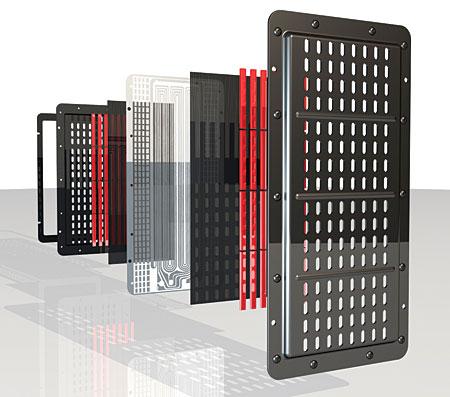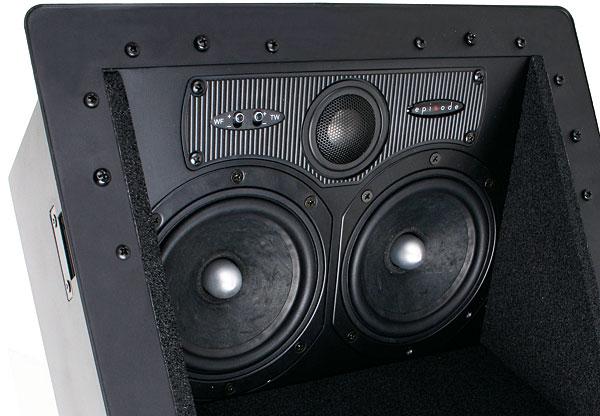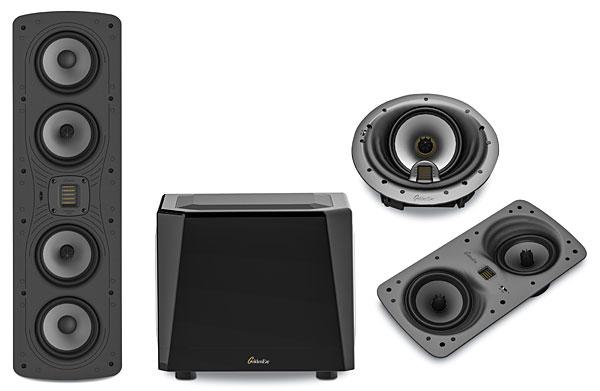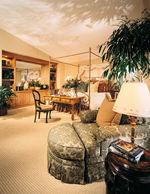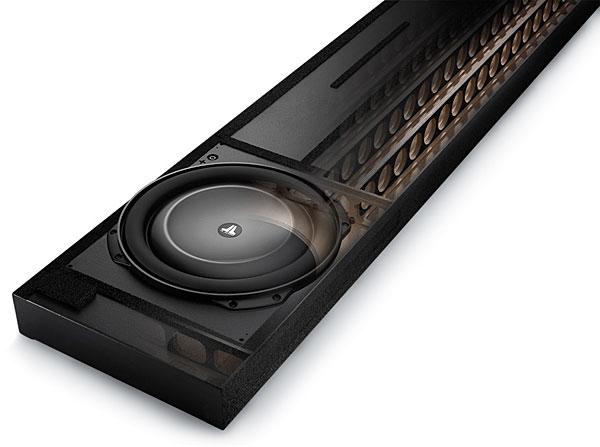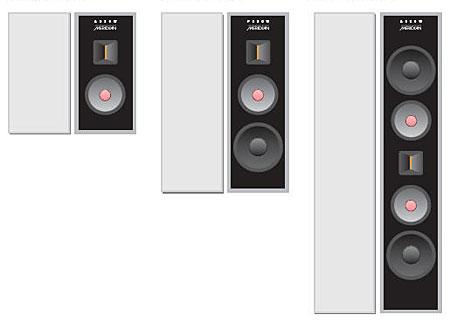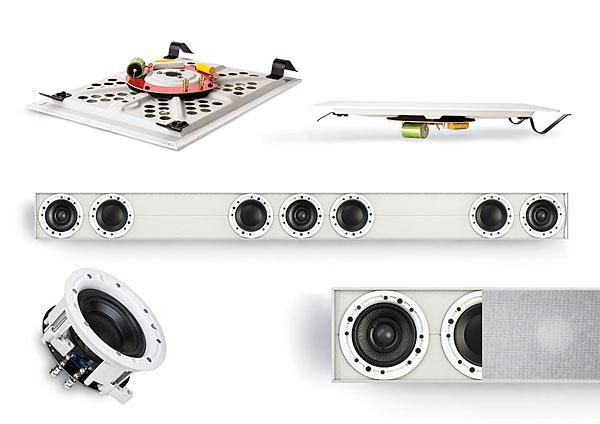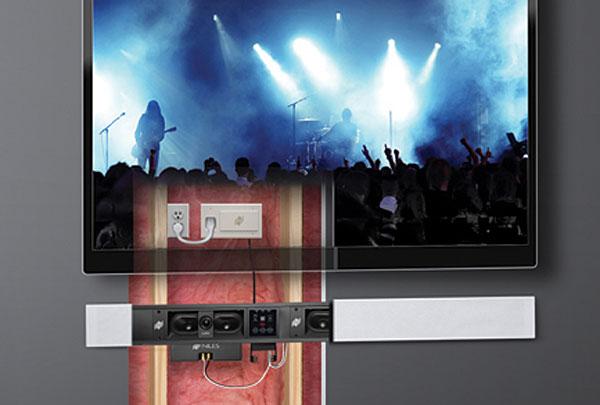In-Wall Speaker Reviews
Sort By: Post DateTitle Publish Date
|
Oct 28, 2011
|
Sep 23, 2007
|
Nov 30, 2009
|
Oct 24, 2006 |
First Published: Oct 25, 2006
|
Feb 07, 2011
|
Apr 26, 2018
|
Oct 28, 2000 |
First Published: Oct 29, 2000
|
Jul 05, 2017
|
Sep 13, 2006
|
Sep 13, 2006
|
Sep 12, 2016
|
Dec 04, 2006 |
First Published: Nov 04, 2006
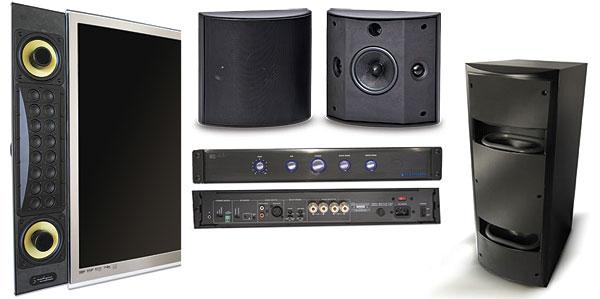

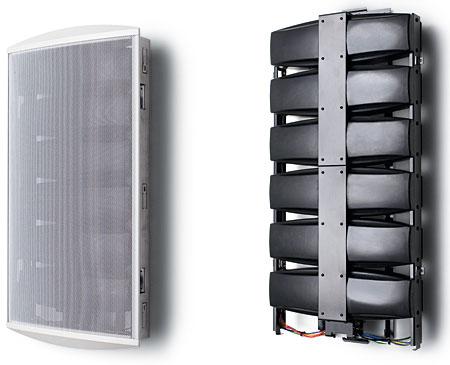
 Price: $6,995 At A Glance: THX Ultra2 certified • Fits in a standard 2-by-4 wall • Easy to install in existing construction • Separate amplifier with remote control
Price: $6,995 At A Glance: THX Ultra2 certified • Fits in a standard 2-by-4 wall • Easy to install in existing construction • Separate amplifier with remote control
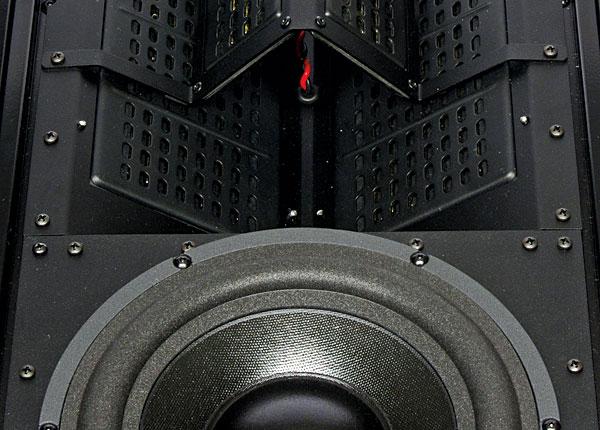
 Price: $17,800 At A Glance: Excellent clarity and transparency • Great system value • Awesome bass
Price: $17,800 At A Glance: Excellent clarity and transparency • Great system value • Awesome bass

